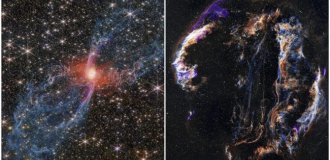10 little-known facts about the planets of the solar system (10 photos + 1 video)
Space is so distant and mysterious, and at the same time alluring and inspiring research. Our solar system is full of mysteries, many of which remain not fully understood even by scientists. Learn some interesting "cosmic" facts that are not so widely known. 
1. Olympus Volcano on Mars - the highest mountain in the entire solar system
Compared to the top of Olympus on Mars, the terrestrial peaks - negligibly small. There is an extinct volcano on the red planet, which considered the highest in the entire solar system. Its absolute height is 21,229 m, which is almost three times the height of Everest. What the secret of how big he is? There is no tectonic movement on Mars plates, as on Earth, so a volcano can continue to spew lava in in the same place, reaching gigantic proportions.
2. Mercury has polar ice craters 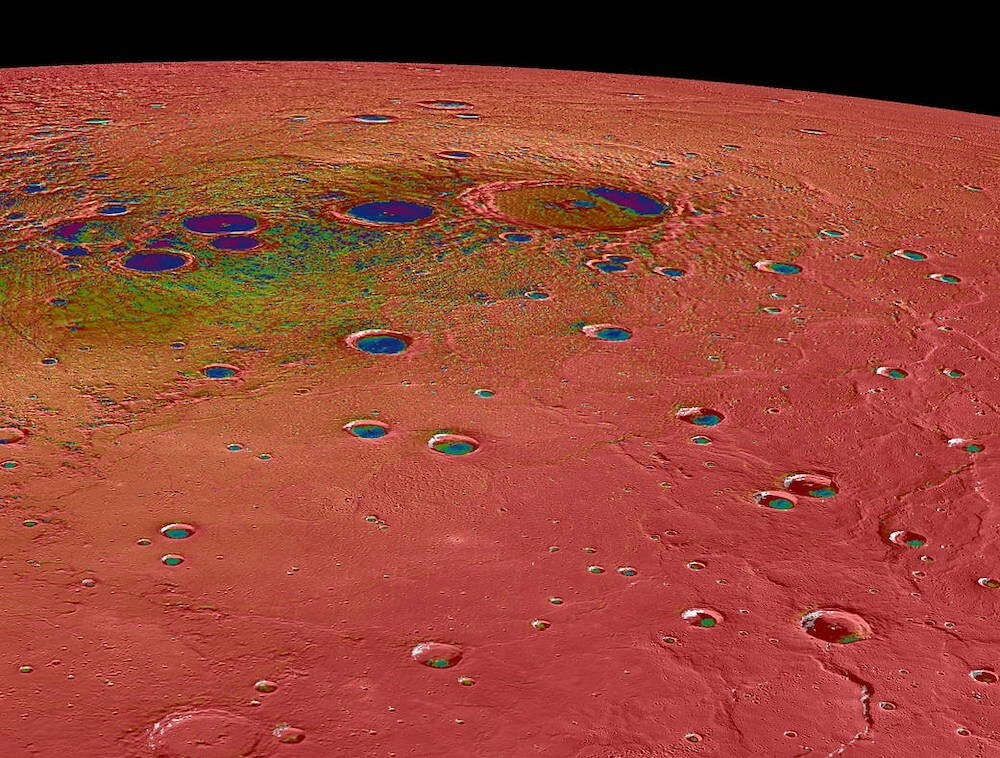
Mercury is the closest planet to the Sun, and also its blamed for all the troubles when he is in a retrograde. Its average temperature surface is 178.85 ° C. However, the temperature of Mercury is sharply varies. On the reverse, shadow side of Mercury - the lowest surface temperature of known planets. Record low temperatures maintained on the permanently shaded floor of the polar craters, where ice accumulates. In these parts, the temperature can drop sharply to -223.3°C.
3. Inside the planet Europa, there may be a huge ocean hidden 
Scientists have hypothesized that inside the planet Europa (satellite of Jupiter) is a huge churning ocean, perhaps twice more than the volume of all the waters of the Earth combined. Since the surface the planet is made of ice, the ocean is hidden under a thick ice shell. Scientists are extremely interested in this planet, and continue to explore it.
4. Venus is Earth's "toxic" twin 
Venus and Earth are similar in many ways: they are almost the same size, they have a similar composition, and this planet is often referred to as "Earth's sister". By Venus is the third brightest in the evening sky, after the Moon and Sun. However, looks are deceiving. The atmosphere of Venus is 96.5% from carbon dioxide, and in the clouds there are inclusions of concentrated sulfuric acid. In addition, the surface temperature of Venus is so high what can melt lead - 461.85 °C.
5. Strong supersonic winds rage on Neptune 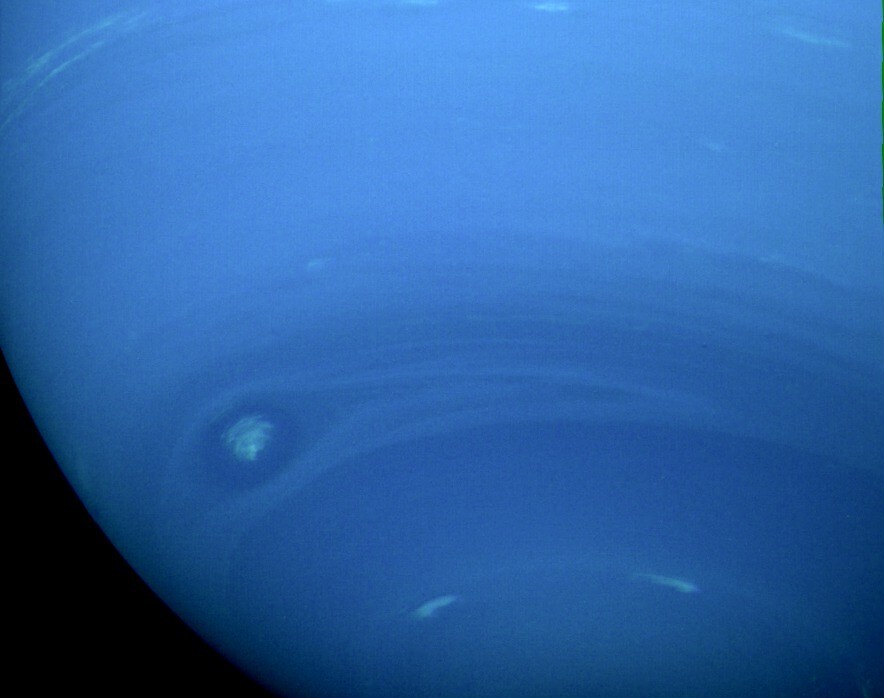
The planet Neptune has the strongest supersonic winds from all the planets in the solar system. Compared to them, the most ferocious hurricanes on Earth seem like a light summer breeze. Local wind speed can reach 600 m/s.
6 Titan Has Methane Lakes 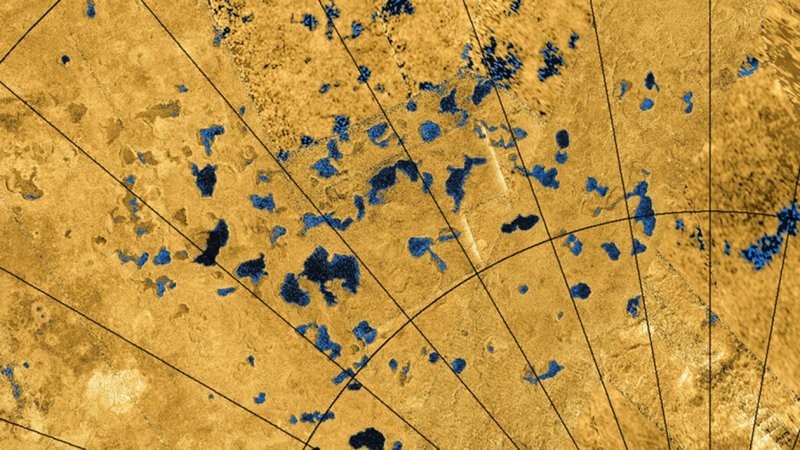
Titan, the largest moon of Saturn, has many lakes - but they are not filled with water. These reservoirs filled with a mixture of liquid hydrocarbons, mainly methane and ethane. They located in the subpolar regions, and therefore very cold.
7 Jupiter Has The Largest Atmospheric Vortex In The Solar System 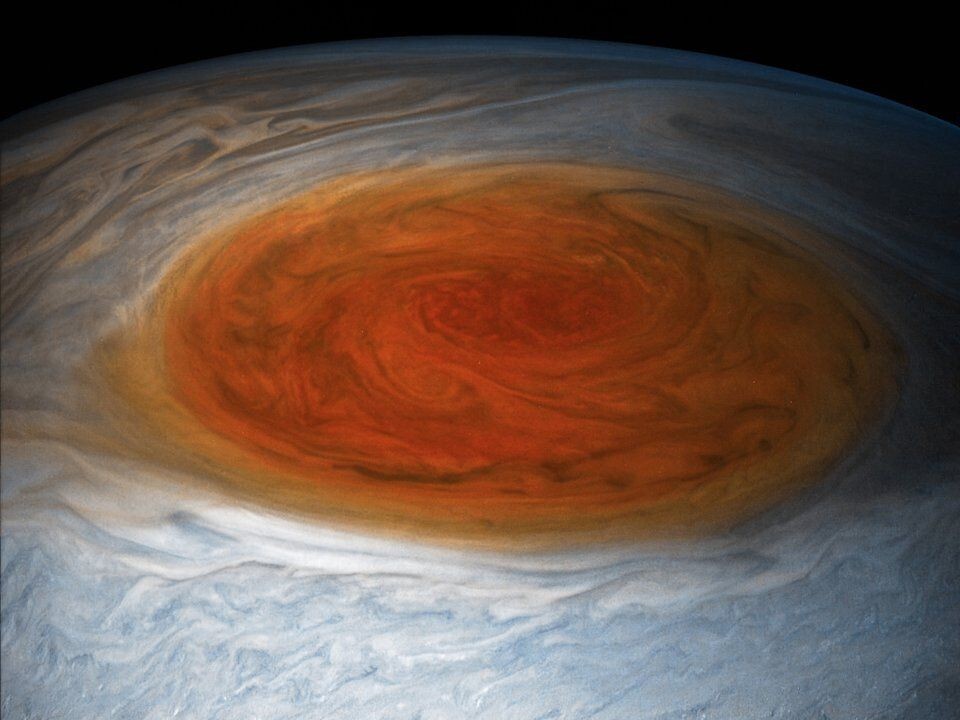
The Great Red Spot on Jupiter is the largest atmospheric vortex in the solar system. This is a high pressure zone that creates permanent anticyclonic storm on the planet. This giant storm wind speed of 500 km/h, which has been raging for at least 400 years, could swallow the whole earth. Scientists are still scratching their heads over Why is the spot red?
8. Pluto has a "heart" 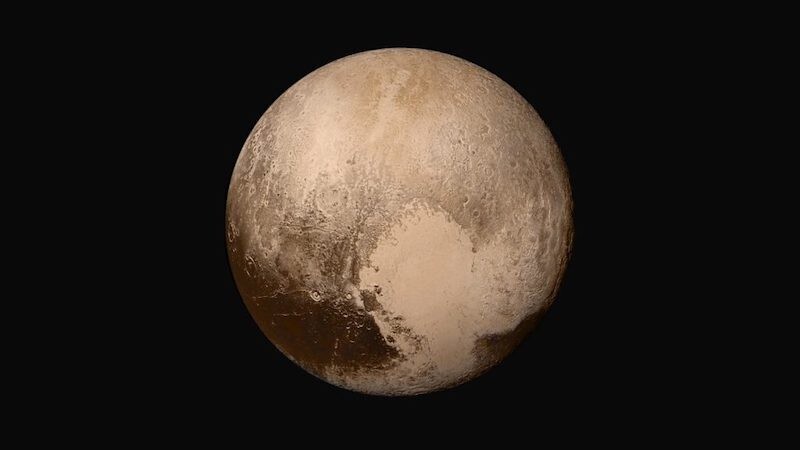
The dwarf planet Pluto holds an interesting secret: on it there is a giant glacier in the shape of a heart. This area was named Tombo, in honor of the discoverer of Pluto, Clyde Tombaugh. Its diameter is 2300 kilometers, and it is made up of nitrogen, carbon monoxide and methane ice. It is believed that the left lobe of the "Heart" is a huge crater filled with crystalline nitrogen. In addition, under this heart can hide the underground ocean.
9. "Rebel" Uranus rotates differently than all the other planets 
While other planets quietly revolve around the Sun, Uranus slightly does not fit into the solar system in these parameters. He - a rebel who prefers to spin his own way. Plane The equator of the planet is inclined at an angle of 97.86 degrees to the plane of the orbit - that is, Uranus rotates on its side, retrograde. His strange behavior has long been of concern to scientists. They believe that such an unusual situation could cause a collision with some kind of space object the size of the Earth.
10. The rings of Saturn "sing"
As the records of electromagnetic oscillations of Saturn show, it "makes sounds" out of this world. Thanks to the spacecraft Cassini experts have discovered that the rings of Saturn emit a lot of mesmerizing sounds. These unearthly melodies arise from interactions of ice particles inside the planet's rings, creating a whole space orchestra.


